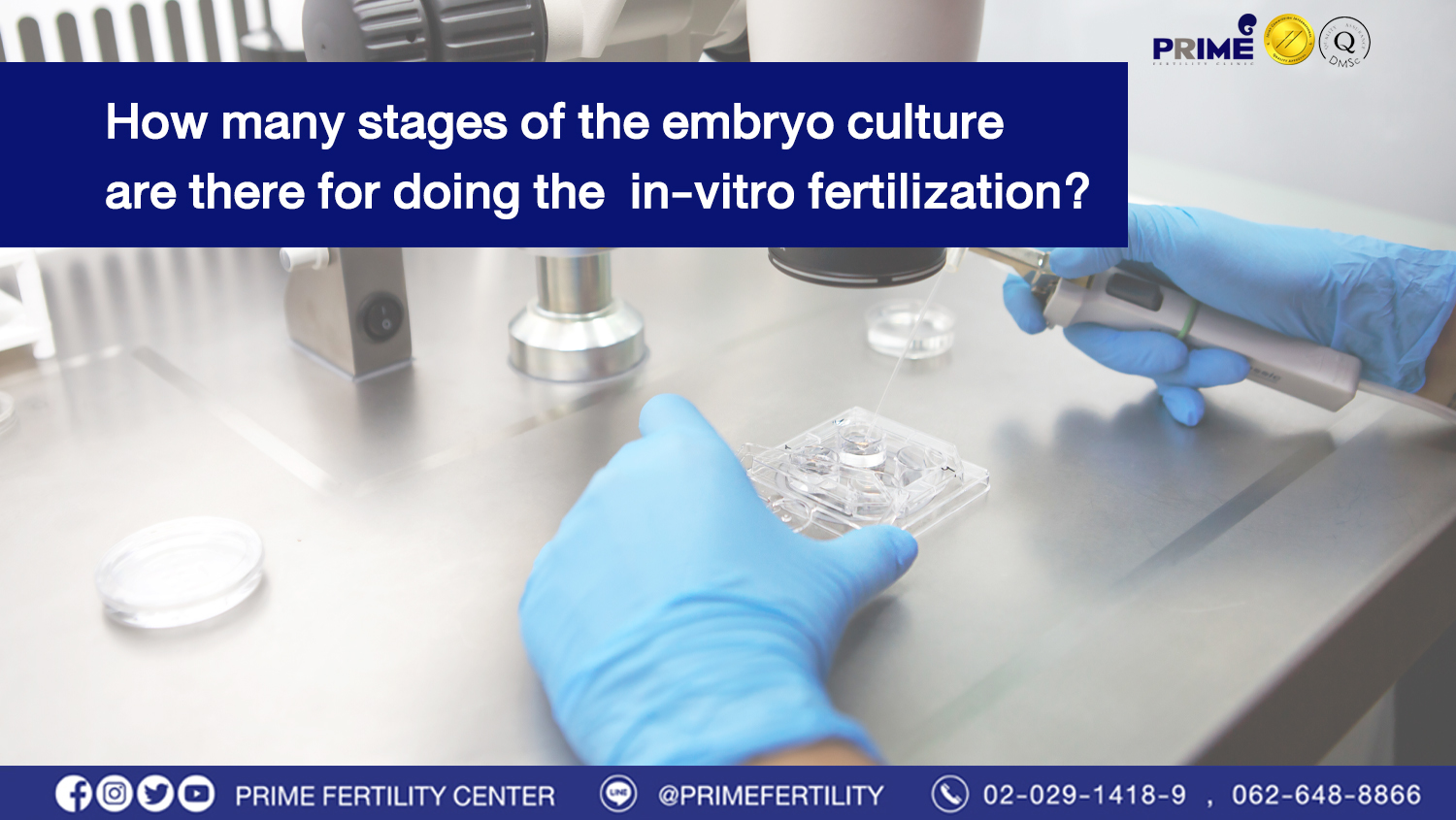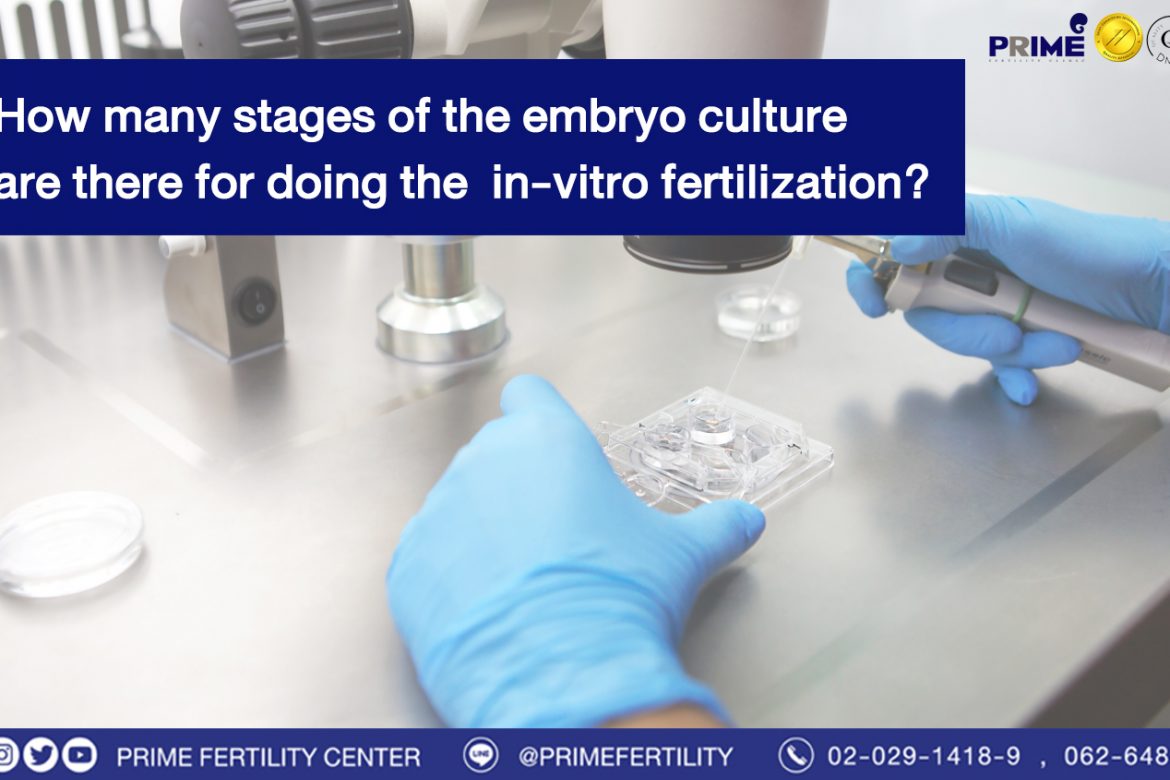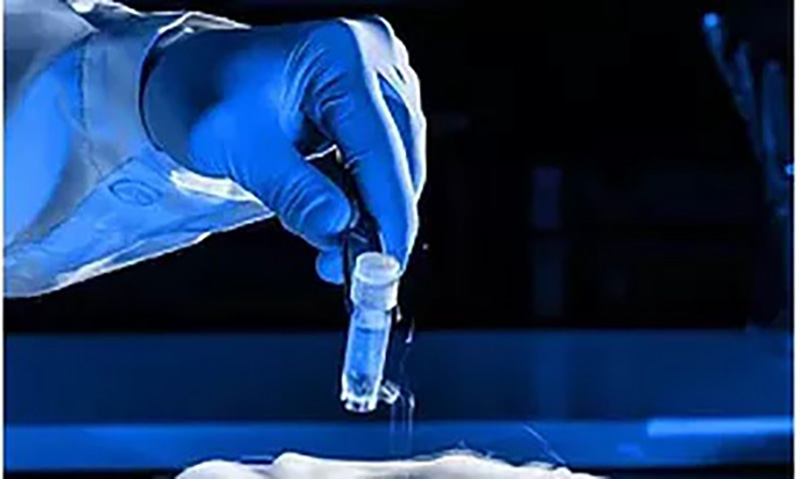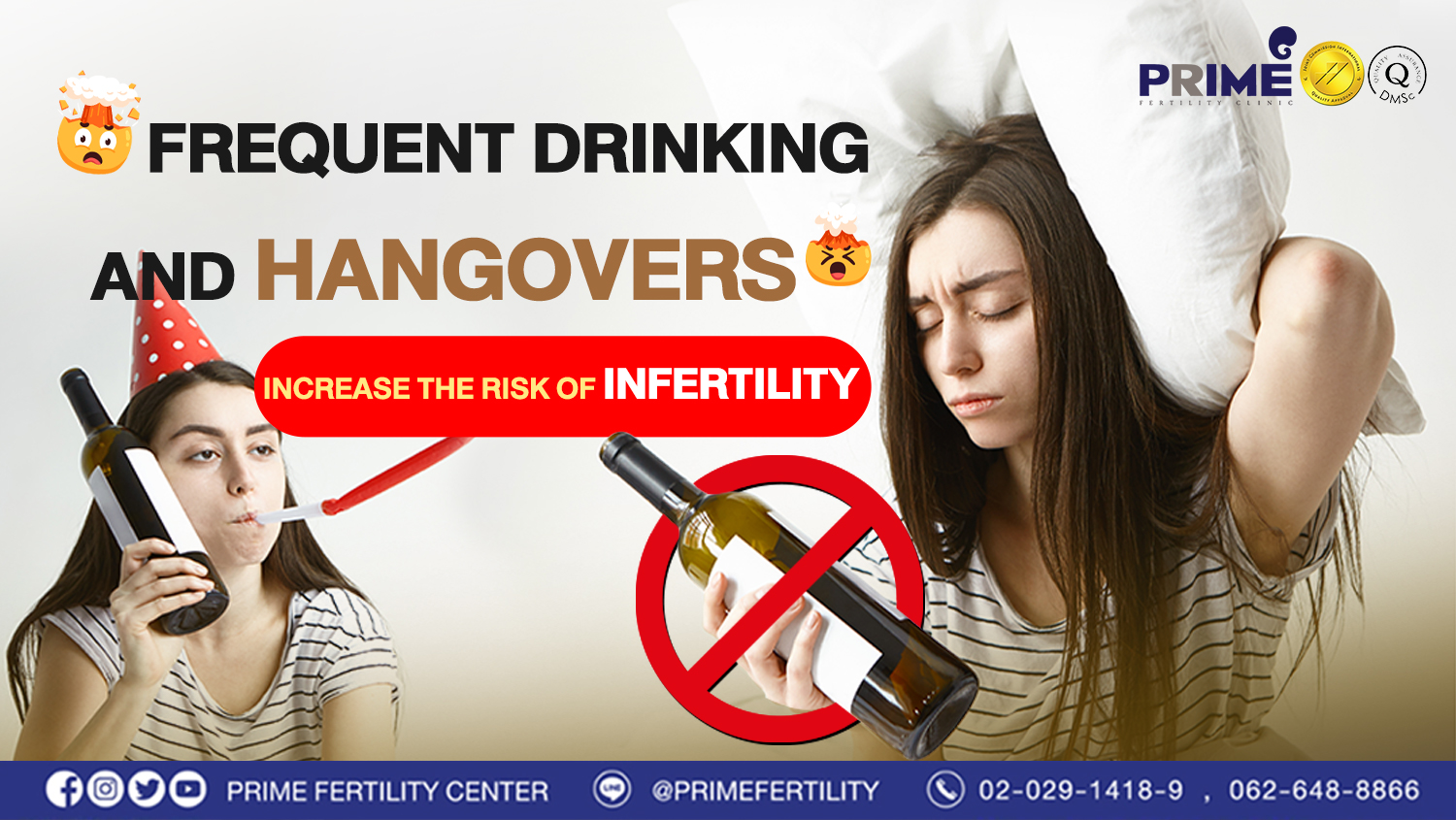The embryo culture for doing the in-vitro fertilization

In this article, it means to raise the embryo after the combination between oocyte and sperm which are 3 stages as follows:
Stage 1: Zygote means 0-24 hours after the fertilization. Observable from 2 circles Pronuclei, each cell obtained from father and mother, 16-18 hours after the fertilization.
Stage 2: Cleavage means 24-72 hours after fertilization, a single-celled zygote develops many rapid cell divisions multiplying in exponentials. From single cell to double cells, 4 cells, 6 cells, 8 cells….visible through the microscope. A large number of cells will gather and adhere to each other called “Compacted Morula”. The qualified Morula will consist of 16-32 cells compressed in one piece.
Stage 3: Blastocyst means 5-6 days of the embryonic development after “ICSI” treatment. This stage is suitable for the implantation. There will be 80-120 cell divisions. Which consist of 2 categories of cell as below:
- Inner Cell Mass – The mass of cells that will implant into the uterus and eventually rise to be the fetus.
- Trophectoderm – The cells that will develop to be the placenta and adhere to the endometrium.
Which stage of the embryo is suitable for use?
Generally, the transferring of embryo into the uterine cavity will happen in 2 stages which are Cleavage stage and Blastocyst stage. However, there is the controversy between these 2 stages about which one is more efficient to use. Nowadays, nothing can be referred clearly as the conclusion.
Nevertheless, embryo in Blastocyst stage has the physical advantage and more suitable for the implantation while embryo in Cleavage stage is still in the fallopian tube and needs the time for development. In addition, the embryo’s development in Cleavage stage may be stopped before the implantation. Therefore, the Blastocyst stage is more favorable for the embryo transfer. Especially, to raise the embryo from the beginning until this stage means like the natural screening in order to obtain the perfect embryo that survive and able to grow up to be the fetus efficiently.
In some cases, the physician will consider to transfer the embryo during the Cleavage stage because of the embryo culture outside female’s body is limited or the embryo has low development opportunity to grow up to be the Blastocyst stage. Therefore, the physician would rather transfer embryo in this stage than spending more times that is risky for the embryo’s growth. So that, the embryologist is responsible for taking care and monitoring about how well the embryo grow or how the quality is.
Once the sperm has been injected into the oocyte by “ICSI” treatment, the embryologist will start taking care of the embryo intensively by these procedures as follows:
Day 1: Zygote stage The embryologist has to verify the fertilization by checking whether the embryo has the Pronuclei within 16-20 hours or not. If yes, we can confirm the fertilization consequently.
Day 3: Cleavage stage After 24 hours until 4 days, we need to check how well the embryo divide cells, normally there should be 8 cells or more. If we find the one is not growing properly, the embryologist will penetrate the embryo shell (Assisted Hatching – AH) to help the embryo receive the nutrient more easily and sufficiently. This procedure will make the embryo shell slimmer which is beneficial for the implantation and the genetic analysis by slightly taking a part of cell from the embryo.
Day 5-6: Blastocyst stage Approximately, 120 hours after the fertilization, we will check the health condition and evaluate the quality then select the best or the most qualified embryo to be transferred to the uterine cavity.
The embryo culture is a delicate work that requires the professional skill and experience of the embryologist and the infertility treatment clinic. To raise the embryo, which procedure and technique are perfect for the embryo’s development and allow the embryo be ready to be transferred to the uterine cavity at the most suitable time. The details depend on the infertility treatment specialist as well. These factors cause the success of the treatment consequently.
Getting to know Embryo Freezing service
Reference: Prime Fertility Center Co., Ltd.
https://www.primefertilitycenter.com/en/qa-with-embryologist-how-many-stages-of-the-embryo-culture-are-there-for-doing-the-in-vitro-fertilization/
—–
Question about Infertility Treatment: Click Here
Review Clip from Our Patients: Click Here
#ICSI #IUI #IVF #eggfreezing #EmbryoFreezing #SpermFreezing #SemenAnalysis #Hysteroscopy #FET #PGT #PGD #NGS #PESA #TESA
#primefertilityclinic #primefertiltycenter #fertilityclinic #bangkokfertilityclinic #thailandfertilityclinic





